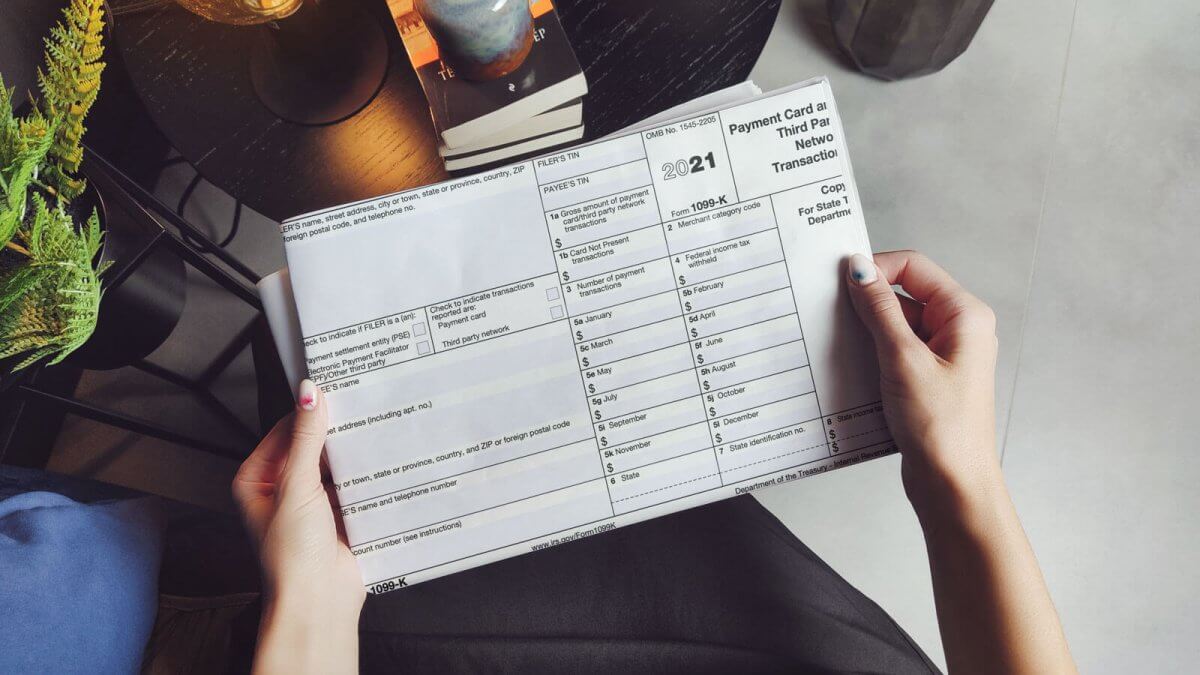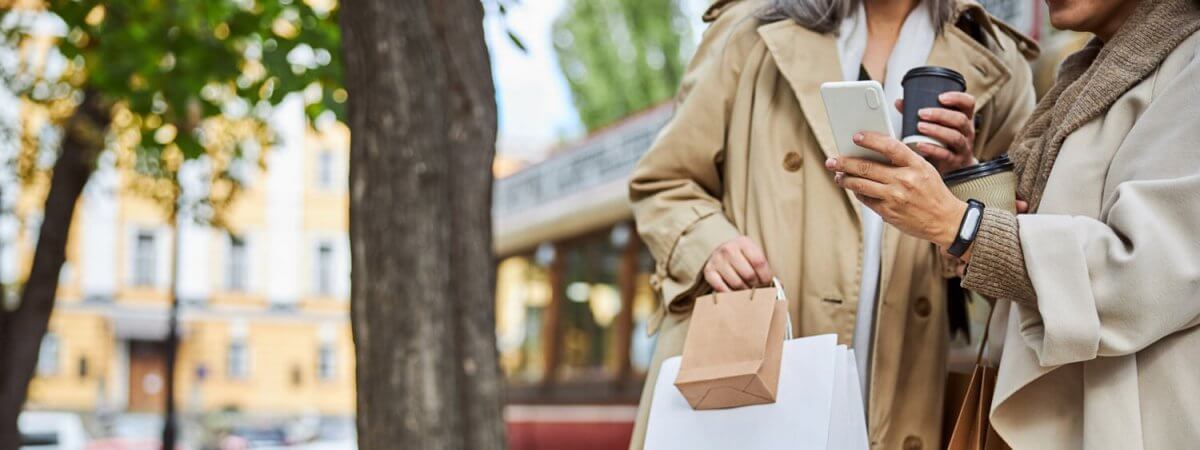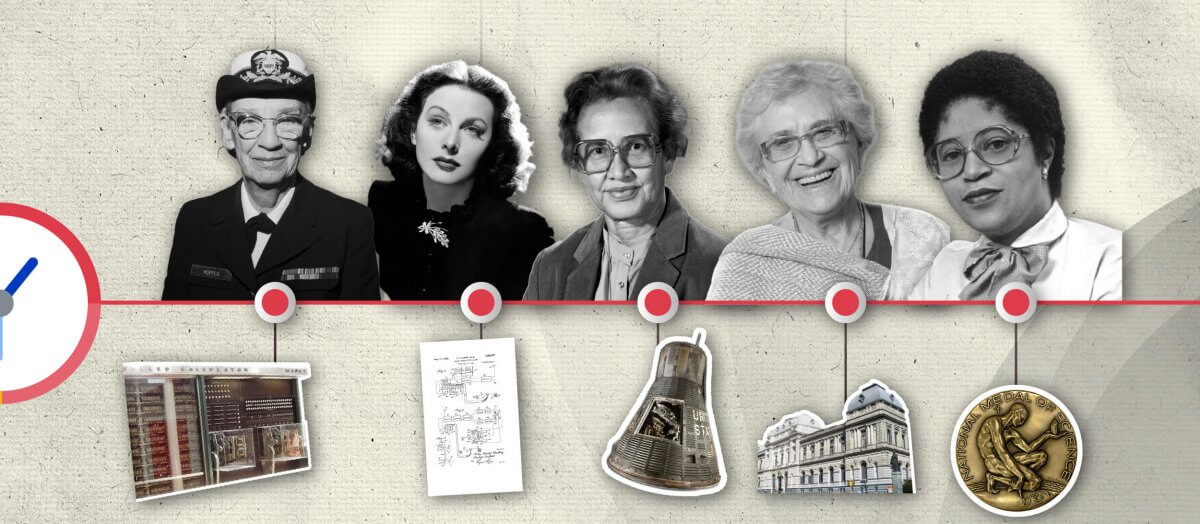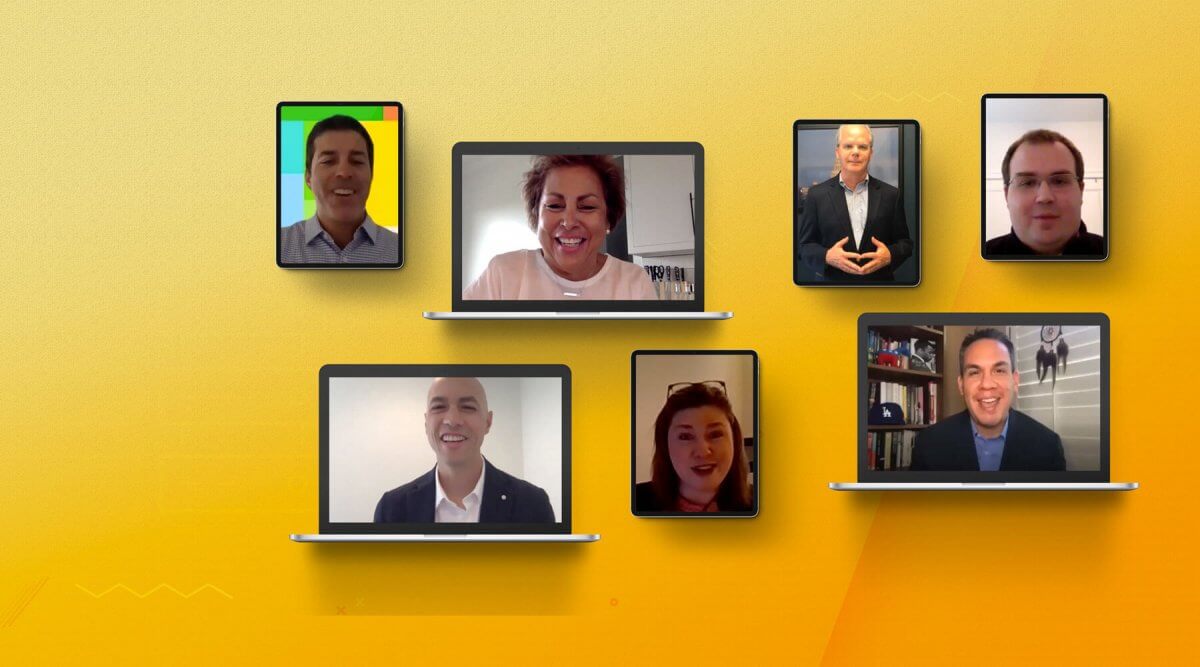The symbiotic relationship between third-party delivery services and restaurants has been more critical during the pandemic than ever. Lockdowns and social distancing rules saw restaurants, unable to operate at total capacity, relying heavily on delivery to stay afloat. Internet Association (IA) hosted a panel on May 25 to discuss the ways third-party delivery services aid the restaurant industry, as well as the changes we can expect to see moving forward. IA’s Director of Federal Government Affairs Amy Bos moderated the panel of experts, including:
- Leah Graham, Senior Director of Federal Affairs, Uber
- Amy Healy, Head of Government Relations & Public Policy, Grubhub
- Lilly Rocha, CEO and Executive Director, Latino Restaurant Association (LRA)
- Katie Witman, Senior Policy Advisor, DoorDash
Defining Third-Party Delivery Services
Uber Eats, DoorDash, and Grubhub all emphasized their commitment to supporting local businesses and communities by offering straightforward pricing models with various partnership and service options.
“Restaurants are our partners, and we care about their survival. When restaurants succeed, whole communities succeed.”
Leah Graham
Senior Director of Federal Affairs at Uber Leah Graham noted that fees towards partners and users go to services that benefit and protect everyone on the platform, such as background checks for delivery drivers, marketing services, and customer service.
For DoorDash, Senior Policy Advisor Katie Witman explained that a commitment to local economies is foundational. DoorDash Co-founder and CEO Tony Xu immigrated from China to the Midwest United States, where his family ran and operated Chinese restaurants. Xu built DoorDash to fuel local entrepreneurs like his family with the power of choice, offering three distinct delivery options so that every business owner has the resources they need to succeed at a price and level suited to them.
Head of Government Relations & Public Policy at Grubhub Amy Healy noted that Grubhub is primarily a marketing engine, with only half of the orders being delivered by platform drivers. The other half is delivered entirely by the restaurants, with Grubhub’s sole role being promoting the restaurant and providing services like online loyalty programs to users.
Providing New Opportunities When Needed Most
Few sectors have been as hard hit by the COVID-19 pandemic as the restaurant industry. Latino Restaurant Association CEO and Executive Director Lilly Rocha shared that among her organization’s over 800 members, owners, especially in communities of color, have had to get creative to ensure their survival. For many, third-party delivery services have been a lifeline.
“Delivery became their go-to. I know, based on the fact that people could not go to restaurants, that’s where third-party delivery apps became so important.”
Lilly Rocha
It’s not just new businesses flocking to these platforms. The pandemic has also seen an explosion of new first-time users on food-delivery apps.
“The assumption is that it is younger people using the apps, but that’s not the case. We’re finding that busy moms are using our apps.”
Amy Healy
Graham agreed, sharing how, as a working mom herself, her use of third-party delivery apps during this time has mirrored that of many Uber Eats users as hours with family “become even more precious.” According to Witman, the broad demographics of users point to an increased call for convenience across all products and services that is not likely to diminish.
With so many workers’ hours cut or jobs lost, the pandemic saw an increase in new delivery drivers partnering with platforms, seeking a flexible way to earn when and how they choose. Witman noted that for most Dashers, delivery is a purely supplemental earning opportunity, with drivers averaging only four hours per week. DoorDash gained two million new drivers from mid-March to September and generated $3.5 billion in earnings in the first six and a half months. Approximately 60 percent of those earnings went to drivers in zip codes with above-average Black and Latino populations.
“Our makeup of our drivers is very diverse, and we offer earning opportunities for those who are seeking flexibility and who otherwise can’t or don’t want a typical full-time job.”
Katie Witman
Many women, especially those who had to stay home for child care as school went remote, took to delivery work. According to a survey conducted by Uber, 70 percent of female drivers said being able to schedule work around family, health, work, or education needs was the number one reason they decided to deliver.
Working on an individual schedule is just one of the many benefits third-party delivery services provide. Healy added that third-party delivery platforms offer immediate recompense with which traditional jobs cannot compete. The flexibility to get paid quickly can be essential for emergency expenses such as medical bills or car repairs.
The Future Of Third-Party Delivery
All of the panelists agreed that the appetite for delivery is here to stay. In Sydney, Australia, where dining has been open for over two months, Uber’s delivery business remains larger than its ridesharing business. The success of these platforms emphasizes the shift towards a more technology-focused economy. Grubhub is taking this shift in stride by applying its online services to new venues like college campuses and stadiums, and bringing new technology to mom-and-pop shops that often don’t have the infrastructure to adopt these tools alone.
“Everything is based on technology. That’s where we really want to make sure we are up to speed with regard to just the [basic] technology and making sure all of our folks know how to use the technology and be well-versed.”
Lilly Rocha
Rocha emphasized that legislation and policy discussions must bring all voices to the table. Many minority communities are starting from behind, struggling with basic necessities such as stable internet connection and functioning websites. Discussions and actions need to first close the digital gap to ensure all restaurant owners have the possibility and opportunity to succeed. She noted that her organization has already been approached by state and local governments as well as technology companies and third-party delivery services wanting to help.
Translating A Mission Into Action
The panel closed with participants sharing how the pandemic has encouraged their platforms to translate their missions into action. Third-party delivery platforms ramped up giving efforts aimed at helping their drivers, communities, and restaurant partners survive during uncertain times. All three platforms cut down commission fees, participated in grant programs, and gave donations totaling tens of millions of dollars.
The pandemic accelerated the implementation of online and app delivery services. As things slowly return to normal, third-party delivery platforms are committed to working with drivers and local businesses to further increase opportunities and success.










